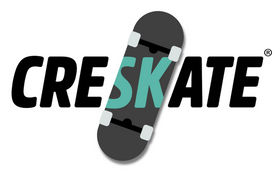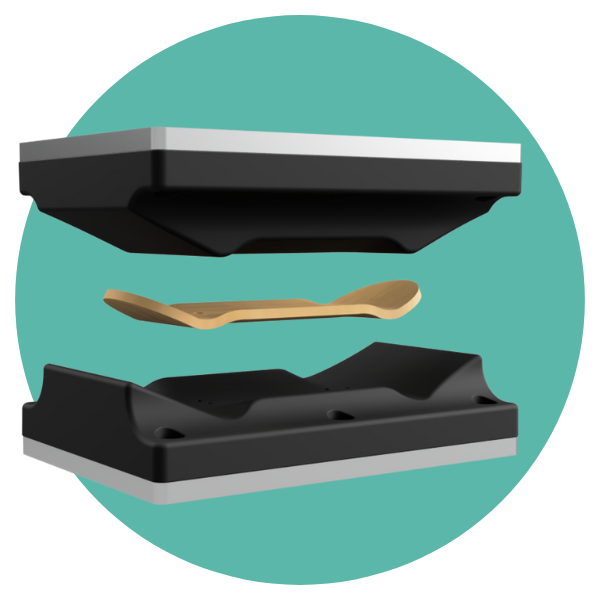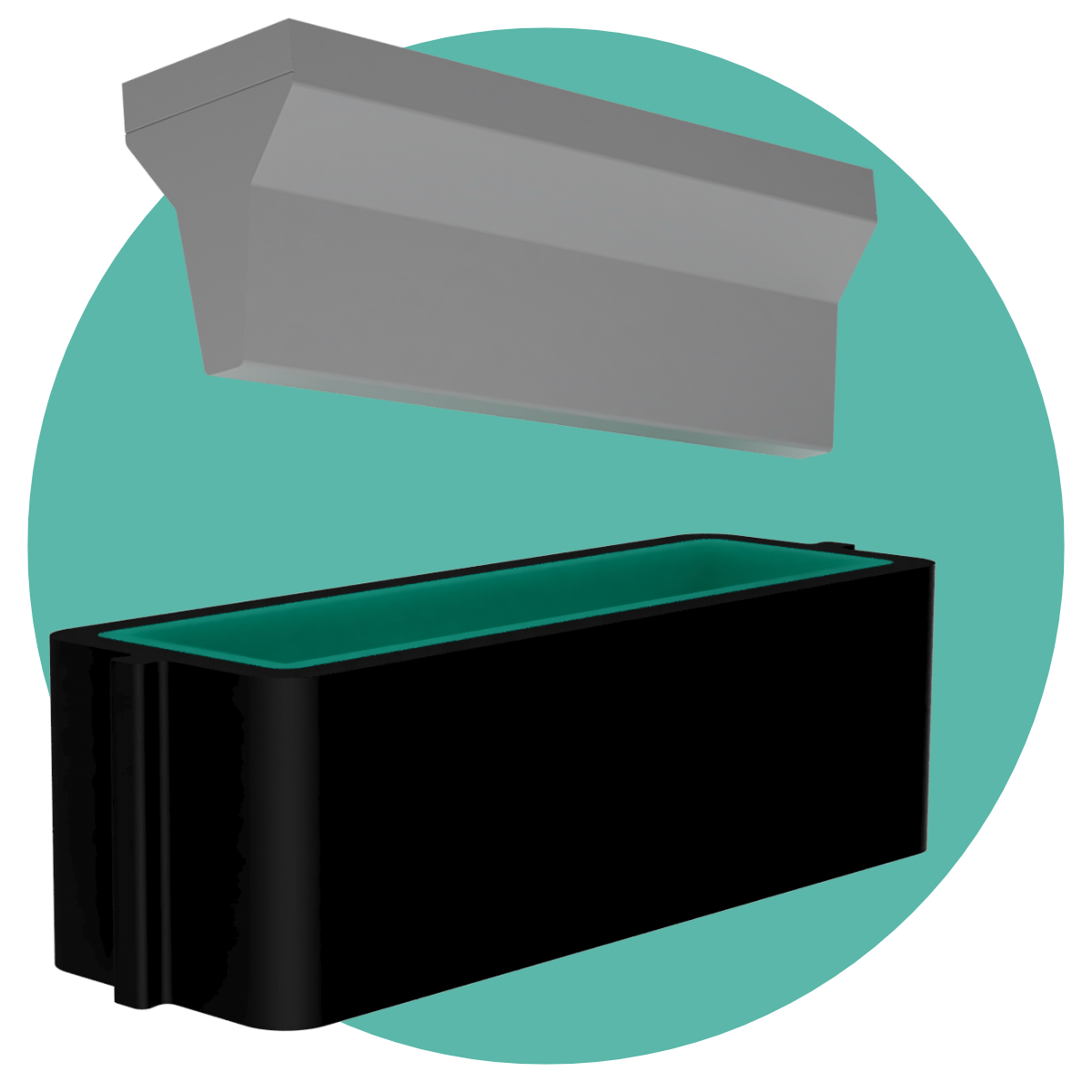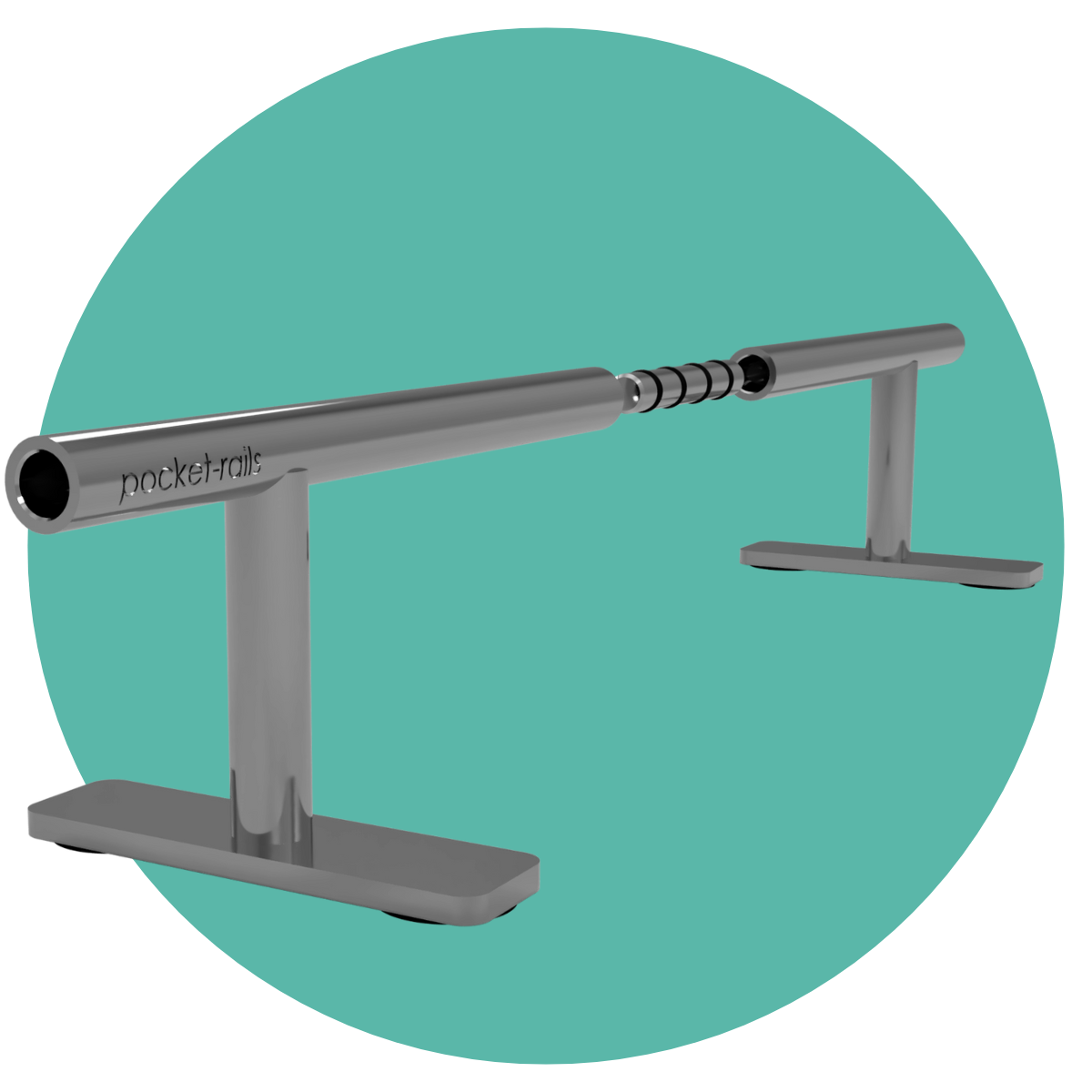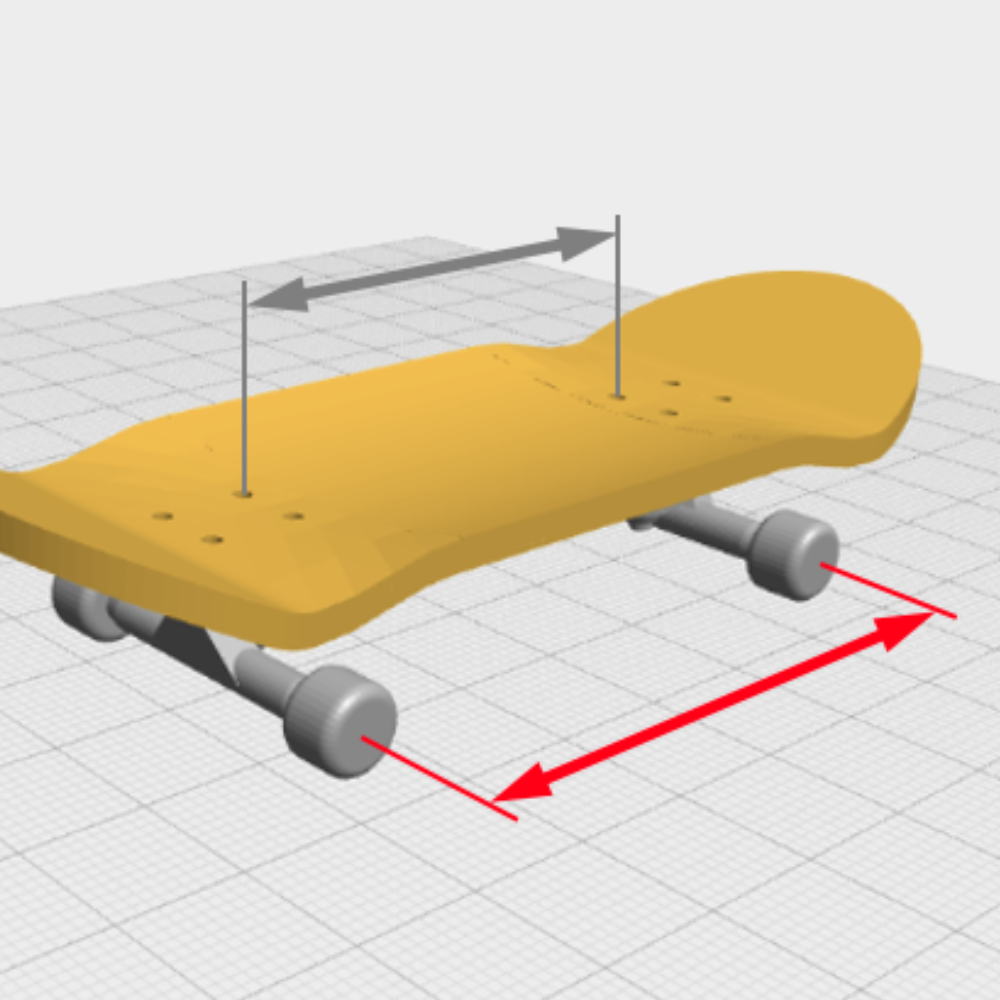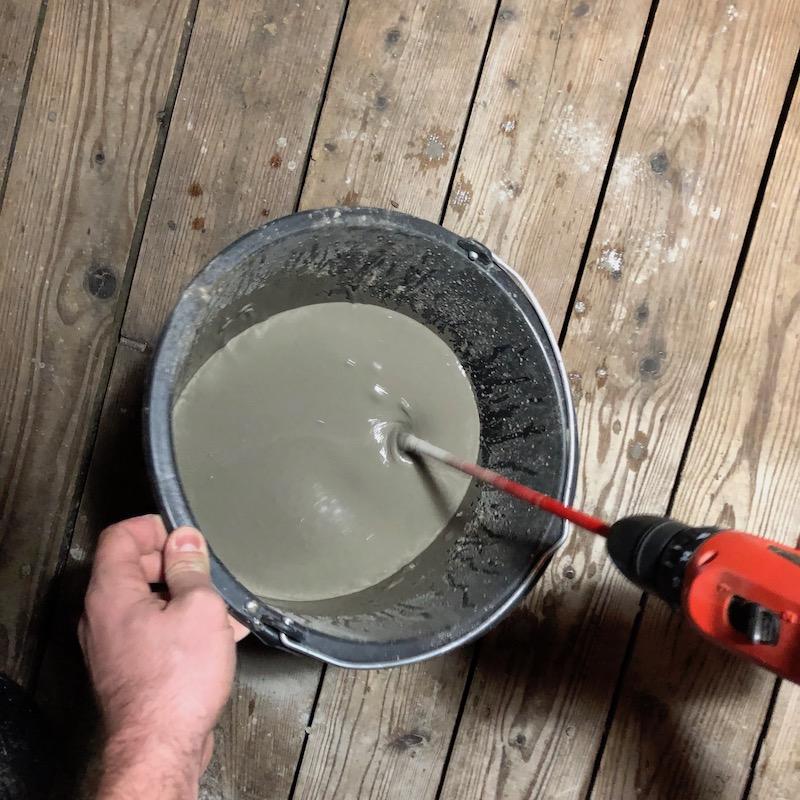Einführung:
Bei Fingerskateboards beeinflusst jede Kontur und Kurve des Boards dessen Verhalten. Daher ist besonders das Verständnis des Begriffs "Concave" wichtig. Concave ist nicht nur eine Form; es ist eines der wichtigsten Maße deines Fingerboards, das bestimmt, wie es sich unter deinen Fingern anfühlt und wie es auf jede deiner Berührungen reagiert. In diesem Artikel werden wir erkunden, was Concave bedeutet, warum es wichtig ist und wie du es messen kannst, um dein Boards zu perfektionieren.
Neben all den Begriffen, Kategorien und Dimensionen ist das Wichtigste, dass dir dein eigenes Board gefällt und du Spaß damit hast.
Was ist Concave und warum ist es wichtig?
Concave bezieht sich auf die leichte Krümmung entlang der Breite eines Fingerskateboard-Decks. Es ist der aufwärts gerichtete Bogen, der von einer Kante zur anderen verläuft und eine schalenartige Form bildet. Stell es dir als Schale vor, die deine Finger umschließt, Stabilität und Kontrolle bietet, während du Tricks ausführst. Concave ist nicht nur eine Frage der Ästhetik; es hat bedeutende Auswirkungen auf das Verhalten des Fingerboards:
- Kontrolle: Die Krümmung der Concave hilft, deine Finger auf dem Board zu zentrieren, was besonders bei komplizierten Manövern und Tricks die Stabilität und Kontrolle verbessert.
- Reaktionsfähigkeit: Unterschiedliche Concave-Profile beeinflussen, wie schnell das Board auf deine Fingerbewegungen reagiert, was fließende Übergänge zwischen Tricks und Kurven erleichtert - beispielsweise bei Kickflips
- Komfort: Ein gut gestaltete Concave bietet ein Gleichgewicht zwischen schnellen Flips und guter Stabilität des Boards beim Springen und Cruisen.
Wie man das Concave eines vorhandenen Boards misst:
Das Messen des Concave ist nicht so einfach wie das Messen von Länge oder Breite, aber es ist entscheidend, um die Eigenschaften deines Fingerboards zu verstehen:
1. Verwende einen Messschieber: Messschieber sind spezialisierte Werkzeuge zum genauen Messen von Dicken und eignen sich perfekt zum Messen des Concaves. Platziere das Fingerboard zwischen den Schenkeln des Messschiebers, wie im Bild gezeigt, und lies das Maß ab. Nun muss die Dicke des Boards selbst abgezogen werden, um die Concave-Größe zu erhalten. Im Beispiel hier hat das Board eine Dicke von 2,50 mm. Also ist die Concave hier 4,25 mm - 2,5 mm = 1,75 mm.

2. Do-it-yourself Methoden: Wenn du keinen Messschieber hast, kannst du alltägliche Gegenstände wie Münzen verwenden, um die Tiefe der Concave abzuschätzen. Platziere den Gegenstand an verschiedenen Stellen entlang der Breite des Decks und überprüfe den Abstand zwischen ihm und der Deckoberfläche. Die Dicke des Gegenstands kann dann mit einem Lineal abgeschätzt werden.

3. Visuelle Inspektion: Manchmal reicht eine visuelle Inspektion aus, um die Concave zu beurteilen. Lege das Fingerboard auf eine flache Oberfläche und betrachte die Krümmung aus verschiedenen Winkeln, um Form und Tiefe zu erfassen. Probiere dann einfach verschiedene Maße im Konfigurator aus und finde heraus, welche am ähnlichsten und am besten für dich aussehen.

Was ist ein High, Mid oder Low Concave?
Es gibt verschiedene Messkategorien, wenn es um Concave geht. Hier ist eine grobe Übersicht, wie Concave üblicherweise klassifiziert wird. Dies kann leicht variieren, aber im Großen und Ganzen gilt Folgendes:
- High Concave: Misst typischerweise etwa 2,3 mm oder mehr und bietet einen guten Fingergriff, Kontrolle und Flip-Fähigkeit.
- Mid Concave: Liegt zwischen 1,5 und 2,3 mm und bietet ein ausgewogenes Gefühl, das für verschiedene Fingerboarding-Styles geeignet ist.
- Low Concave: Misst weniger als 1,5 mm und vermittelt ein bemerkenswert realistisches Erlebnis, das einem Full-Size-Skateboard sowohl im Aussehen als auch in der Performance ähnelt.
Ob du nun das enge Gefühl eines High Concave oder das authentische Gefühl eines Low Concave Boards bevorzugst - es gibt eine Concave-Tiefe, die zu jedem Fingerskateboarder und Stil passt. Neben all den Begriffen, Kategorien und Dimensionen ist das Wichtigste, dass dir dein eigenes Board gefällt und du Spaß damit hast. Am besten beginnst du gleich mit dem Design deines Traum-Fingerboards und besuchst unseren Konfigurator:www.fingerboard-molds-configurator.com

